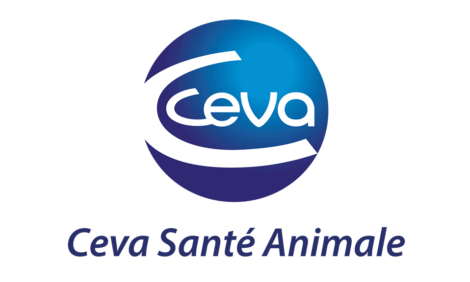



Smart Moves, Locations Protect TFG's Chickens
THAILAND - By locating wisely and pursuing a Small Unit, Small Risk business model, Thai Foods Group (TFG) survived the two biggest disasters of the past decade: bird flu and the massive floods.While some 60 million chickens were reportedly culled to contain the outbreak of H5N1 avian flu in 2004, and more than 8 million chicks died in the recent deluge, TFG's CEO says none came from his farms.
"This year's floods ravaged areas close to rivers and the bowl-like basin zone," said Chaisaks Boonprasopthanachote. "Luckily, our factories and farms are not located at these sites."
He credited the group's strategy of choosing locations far from waterways and not cramped with livestock farms, according to Bangkok Post.
A number of chicken and duck farms in Ayutthaya were hurt by the floods, which also interrupted operations at some chicken processing plants in the industrial estates.
The Thai Foods feed mill is in U Thong, Suphan Buri, and its slaughterhouse is in the Tha Maka district of Kanchanaburi; its sprawling contracted farms are in several provinces.
>
The company demands that its contract farmers raise a limit of 20,000 chickens per farm per crop, instead of the 100,000 to 200,000 birds normally raised by the big chicken firms.
"The bird flu gave us a lucrative lesson," Dr Chaisaks said. "Once one chick was infected, the disease spread quickly to others and resulted in a vast impact."
In fact, many big poultry firms were safe from flooding this year because their production sites are in the Northeast, which received less impact.
Farmers and producers are opting to raise livestock in the region, a highland area close to the production sources of animal feed, maize and cassava.
Picking suitable locations remains a key goal of TFG's expansion plans. It is surveying a possible site for a new feed mill and slaughterhouse in Kabin Buri, an area with no record of flooding.
The company aims to be a mass producer and seller of export-grade chicken products to the domestic market and to other Asean countries in future.
"Consumption habits in Thailand and nearby countries are quite the same," Dr Chaisaks said. "Every part of the chicken is usable."
Therefore, Thai Foods focuses on selling fresh chicken and pays less attention to processed products that take time to trim and tailor _ a market that has stiff competition with big players like CPF and Betagro.
TFG's business strategies have made it a top-five chicken producer, slaughtering 200,000 chickens daily and generating revenue of 22 billion baht by the end of this year.
According to Dr Chaisaks, the company has outlined an investment budget for the next two years of 5 billion baht.
Part of the fund aims to double production of breeders to 2 million chicks per week, in addition to building a new slaughterhouse with a capacity of 200,000 chickens a week at the compound in Tha Maka.
Once the site in Kabin Buri is finished, a new animal feed factory and slaughterhouse will be added to supply meat for the greater market liberalisation under the Asean Economic Community by 2015.
The aggressive investments would support TFG's goal of going public soon.
Previously, TFG appointed Seamico Securities Plc as its financial adviser to prepare a listing on the Stock Exchange of Thailand in the next two years.
The group, which has 11 subsidiaries, expects consolidated revenue of 60 billion baht by the year 2013, up from an estimated 40 billion baht in 2012 and 22 billion baht this year.
Dr Chaisaks, also president of the Broiler Breeders Association, said drought and floods resulted in strong prices for chicken meat this year. The favourable market has led many companies to boost production, prompting worries of a possible oversupply next year _ unless the EU agrees to resume purchasing fresh chicken from Thailand.
Estimates are for 450,000 tonnes of chicken products to be exported in 2011, up 4.5 per cent from last year.








